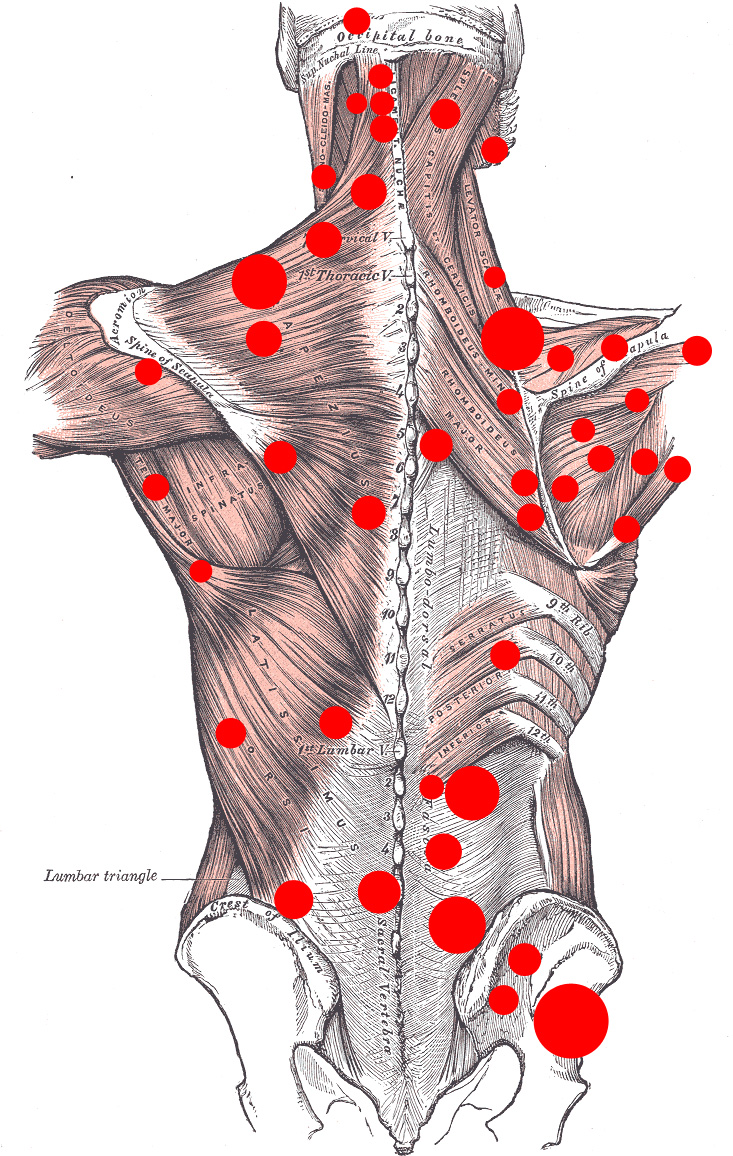 Diabetes is a chronic condition that stems from the body’s inability to sufficiently produce/properly use insulin which the body needs to use sugar as an energy source. Diabetes can lead to serious complications and premature death.
Diabetes is a chronic condition that stems from the body’s inability to sufficiently produce/properly use insulin which the body needs to use sugar as an energy source. Diabetes can lead to serious complications and premature death.
Complications from diabetes can include; blindness, numb and tingling feet, poor circulation, slow-healing wounds, gangrene, amputation, heart disease and death. However, in most cases diabetes can be controlled with an active lifestyle and a healthy diet.
Risk factors for diabetes:
If you are aged 40 or older, you are at risk for type 2 diabetes. If any of the following risks factors apply to you, please talk with your health care practitioner.
- A parent, brother or sister with diabetes
- Health complications that are associated with diabetes
- Had gestational diabetes (diabetes during pregnancy)
- Impaired glucose tolerance or impaired fasting glucose
- High blood pressure/High cholesterol or other fats in the blood
- Being overweight
Symptoms for diabetes:
Signs and symptoms of diabetes can include the following:
- Unusual thirst
- Frequent urination
- Weight change (gain or loss)
- Extreme fatigue or lack of energy
- Blurred vision
- Frequent or recurring infections
- Cuts and bruises that are slow to heal
- Tingling or numbness in the hands or feet
It is important to recognize, however, that many people who have type 2 diabetes may display no symptoms.
How is diabetes treated?
People with diabetes need to make a lifelong commitment to their health, which includes the following:
- Education: Be informed about your condition.
- Physical Activity: Regular physical activity lowers your blood glucose levels, promotes weight loss, and enhances overall health.
- Nutrition: What, when and how much you eat play an important role in regulating blood glucose levels as well as maintaining a healthy weight.
- Medication: Type 1 diabetes is always treated with insulin. Type 2 diabetes is managed through physical activity and meal planning.
- Lifestyle: Learning to reduce your daily stress level, including maintaining a blood pressure level at or below 130/80.
If you are living with diabetes, become a fact finder! Knowing as much as possible is your best defence against diabetes. Find out how your body uses food and what role insulin plays in this process and build a team of experts with your health care practitioners to help you win the fight!


 Myofascial pain syndrome is a chronic musculoskeletal pain disorder that can involve either a single muscle or a muscle group. It refers to pain and
Myofascial pain syndrome is a chronic musculoskeletal pain disorder that can involve either a single muscle or a muscle group. It refers to pain and






